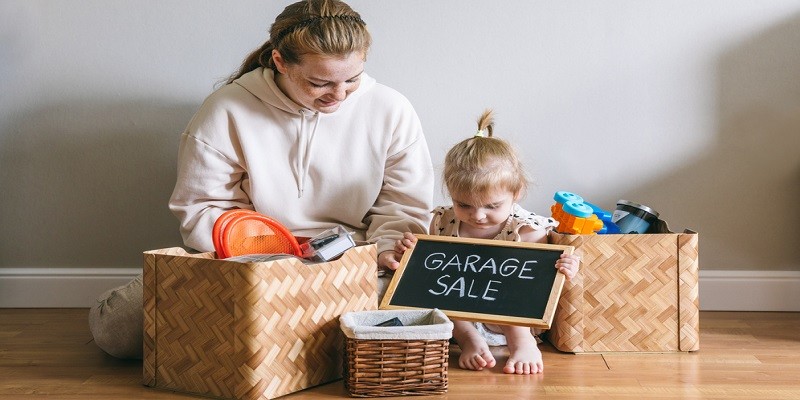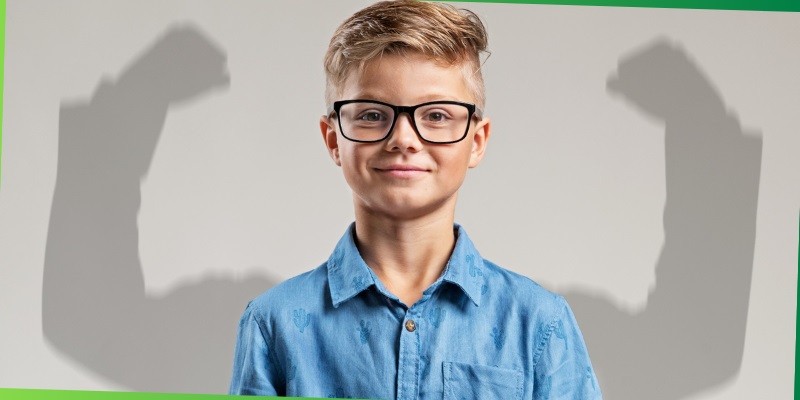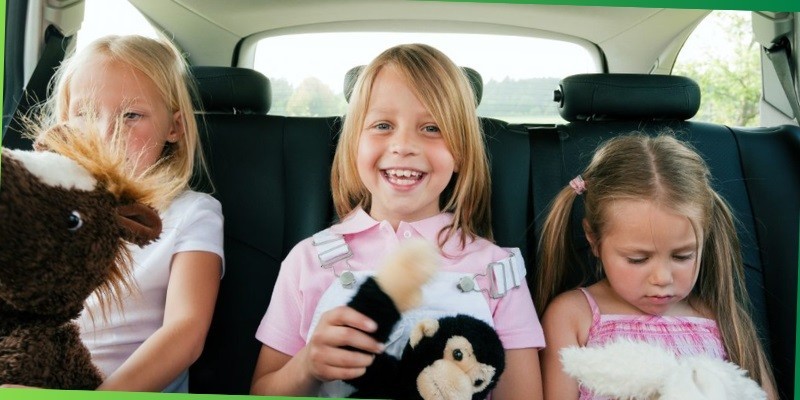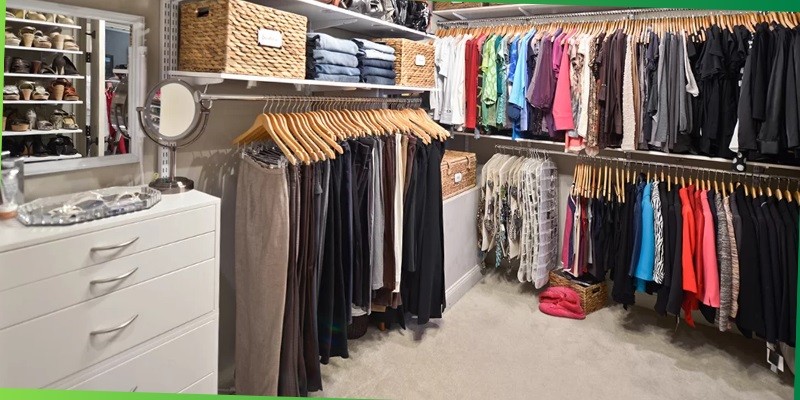Last Updated on August 21, 2024
In today’s fast-paced world, many families are embracing the concept of minimalism to create a clutter-free and peaceful living environment. However, when you have kids, it can be challenging (and incredibly daunting) to strike a balance between minimalism and preserving precious memories. Afterall, it’s no secret that children have a way of accumulating toys, clothes, and sentimental items that hold memories dear to their hearts. Decluttering with kids requires a thoughtful approach that allows you to create a tidy space while cherishing the memories that come with childhood. If the thought of a massive clear out sends you into a panicked frenzy, fret not.
Today, we share 6 expert tips to help you navigate this delicate balance, so read on to find out more.
1. Use A Rubbish Removal Service
It’s no secret that decluttering can be a time-consuming task, especially when you already have a full-time job of looking after little ones. With this in mind, finding practical and efficient solutions for getting rid of the junk can be an invaluable part of the decluttering process. One of the best ways to lighten the load is to use none other than a rubbish removal service. Hiring rubbish removal services allows you to focus on the sorting and decision-making process while leaving the actual removal and disposal to the professionals. It also saves you the hassle of making multiple trips to the recycling centre or landfill, giving you more time to spend with your children. Not to mention, decluttering can sometimes feel overwhelming, especially when you have accumulated a significant amount of items over time. Using a professional service takes away the stress of figuring out what to do with everything, allowing you to simply focus on decluttering, knowing that the removal aspect is taken care of for you.
To effectively tackle clutter, understanding how to prepare for junk removal is key. Begin by sorting items into categories: keep, donate, recycle, and dispose of. Label everything clearly, and ensure pathways are clear for easy access. Schedule your junk removal service, and confirm any special instructions with them ahead of time.
2. Establish Clear Rules & Guidelines
Before diving into the decluttering process, it’s important to establish clear rules and guidelines for decluttering with kids to help them make informed choices about what to keep or let go of. To start off, teach your children the difference between needs and wants, and encourage them to evaluate their belongings based on usefulness, enjoyment, and sentimental value. Then, set limits on the number of items they can keep in certain categories, such as toys or clothing, to avoid excessive accumulation. Guidelines can include questions like, “Have you used this item in the past six months?” or “Does this item still bring you joy?”. When children understand the criteria for keeping or letting go of items, they can quickly evaluate their belongings and make decisions, saving time and allowing for more focused and productive decluttering sessions.
3. Involve Your Children In The Process
As we mentioned above, when it comes to decluttering, involving your children is key. This is because children can be more willing to part with their possessions when they feel involved in the process, rather than feeling like a passive bystander who has no say in the matter. Once you have established your set of rules and guidelines, work with your child to sort through their belongings and decide what to keep, donate, or discard. Not only will this make the entire decluttering process faster and easier, but it also provides a great opportunity for parents to teach children about the importance of taking ownership of their possessions. They learn that they are responsible for their belongings and have a say in how they are managed, thus developing a sense of accountability and fostering a proactive mindset.
4. Preserve Memories With Intention
Memories hold a special place in our hearts, and it’s essential to honour them while decluttering. To start off, create a designated space, such as a memory box or scrapbook, to preserve precious mementos like artwork, school projects, or special trinkets. Encourage your children to curate their own collection of meaningful items, selecting those that truly capture their memories and experiences. This intentional approach helps differentiate between items that hold significant value and those that can be let go. You can also look towards digital solutions such as cloud storage to document artwork, school assignments, photographs and more, ensuring that memories are preserved while reducing physical clutter.
Learn more about how to preserve your most precious digital memories here.
5. Display And Rotate
Now that you’ve rid your home of unnecessary toys, belongings and general clutter, it’s time to think about how to organise what is left. To honour your child’s memories without cluttering your space, work on creating a display area for their artwork or sentimental items. Choose a dedicated wall or shelf in your home where you can showcase their creations or special mementos, without the risk of creating new clutter zones. We recommend limiting the space available, so you’re forced to be selective. As new items come in, make it a habit to rotate and update the display. This way, you can continually celebrate their creativity and memories without overwhelming your home.
6. Maintain Regular Decluttering Habits
Last but not least, it’s important to remember that the art of decluttering is more of a marathon than it is a sprint. Clutter tends to accumulate over time if not addressed regularly, and by maintaining regular decluttering habits, you can prevent the buildup of unnecessary items in your home. To ensure that your home is always in tip top condition, be sure to teach children the importance of regularly reviewing their belongings, and letting go of things they no longer need or use. Create a rhythm of decluttering sessions, perhaps during seasonal transitions or before special occasions. At the end of the day, decluttering is not just about getting rid of excess items; it’s about adopting new habits and a different mindset towards consumption and organisation. By approaching it as an ongoing process, you give yourself (and your children) time to develop and integrate new habits into your daily life.
Explore 10 spaces you should declutter daily here.
_______________
And there you have it — 6 expert tips that are guaranteed to help you master the art of balancing minimalism and memories when decluttering with kids. By following the strategies outlined in this article, you can create a harmonious approach that helps your children develop a sense of organisation, minimalism, and gratitude. Remember that the goal is not perfection, but rather creating a space that reflects your family’s values, promotes a sense of calm, and allows for the preservation of meaningful memories.
What are some of your tried-and-tested tips for decluttering with kids? Be sure to share your thoughts and ideas in the comments section below.







